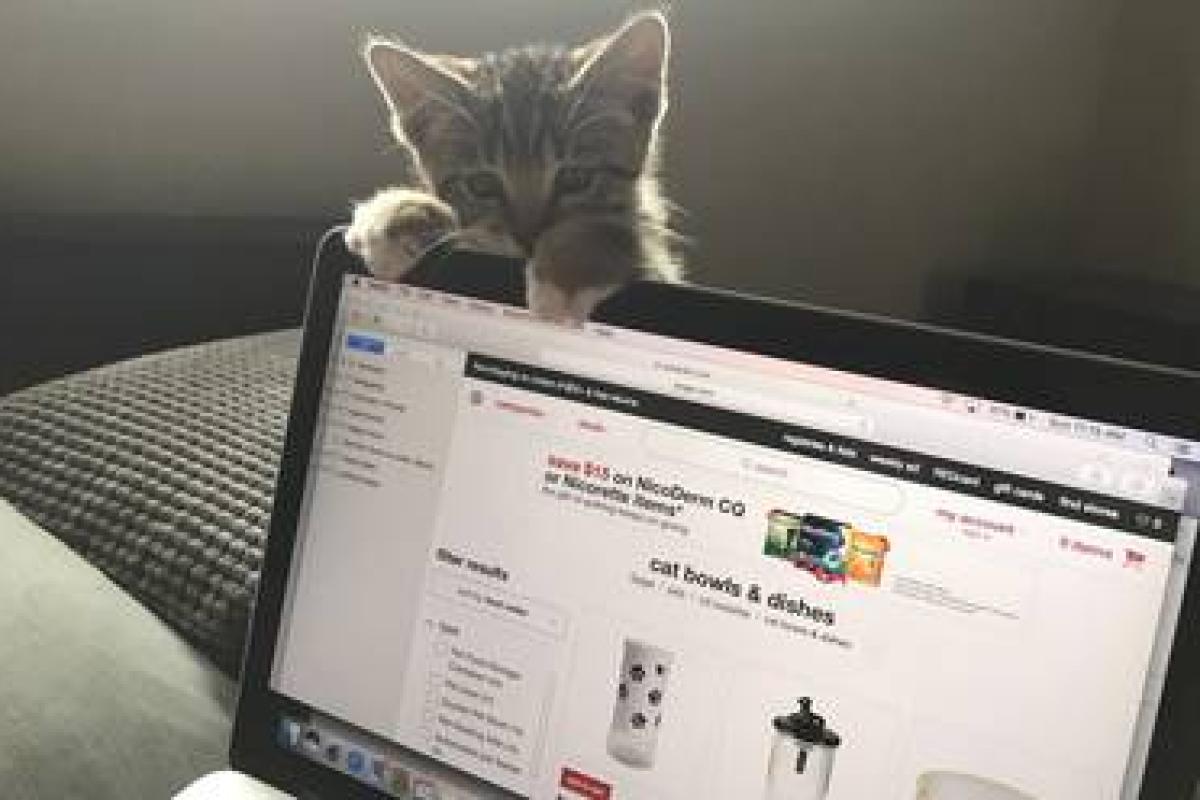When was the last time you made a purchase for your personal use or a business?
How did you start the process?
If you are like most of us, you didn’t immediately call a specific company or sales person but started an online search or sent a social media inquiry to your community followed by personal research of ratings, rankings, and comparison articles. This pattern holds true for B2B as well as B2C purchases.
Did you find a lot of options or only a few when you conducted the search?
Probably a lot. Most searches return hundreds of thousands or millions of options, many times the number of options that were available just a few years ago.
What were you looking for in your research?
Did you want to get sold to or did you want help? Were you looking for self-serving marketing content or product features or were you looking for content built from your perspective helping you solve your problem?
If you wanted help, you are not alone. Helpful content is the single most requested type of information on any website.

We all know this is true because we all expect it when we start on our own personal buying journey.
A recent survey showed that 76% of visitors want a website to be helpful.
Helping people is the new way of earning business. We call that inbound. Rather than proactively call everyone with the same message, hoping that someone will be interested (outbound) let your customers come to you, find what they need and work through the process.
But before you try to practice inbound, your company needs to be inbound. You can’t fake being helpful.
Your business has to have the right mission, culture, organizational structure, operating system, and belief in helping prospects. Everyone needs to believe that helping, and the resulting customer experience is your best marketing and sales strategy.
If you think that inbound is just another marketing tactic you could fail, even with the best of intentions. Inbound is a mindset first so it is a leadership issue. Business leaders must build a culture, create an environment of customers first, and empower teams to deliver the excellent customer experience buyers want. The experience buyers now take as a given.

I challenge business leaders to ask yourself:
Would I want to do business with my company?
And, what does the customer experience look like at every point of the buying process from their point of view?
Are you bombarding contacts with self-centered, promotional content?
Is your website about your customers or your company? Hint, it should be about them, not you.
Does your website make it easy for your customers to find what they want?
How about service?
Judging by our own personal experience most companies are annoyed that we reached out to ask for help.
How easy is it for a customer to pay you? Do you drown them in paperwork and terms and conditions nonsense?
If a customer had a question about your product could they find it with self-service? Or do you keep all of the relevant information tucked away in a file cabinet?
Do your people spend more time on bureaucracy, politics, and internal busy work or with customers focused on figuring out how to solve their problems?
Do you send out customer surveys and think that is an accurate view of how customers view their experience with your company? Anyone that fills out a brief 5 minute survey is either super happy with you or very angry. These are mostly a waste of time and annoy the vast majority of your customers who are insulted that you would even ask in such an obviously unhelpful (for the customer that is) way.
Companies that adopt the idea of inbound - of helping - versus selling, pitching, interrupting, and annoying are increasingly the ones that win market share and establish competitive advantage.
Why? Because in today’s competitive world, that is what buyers want from the companies they choose to buy from and they won’t wait around until you figure that out.
About the Authors:
Dan Tyre and Todd Hockenberry are coauthors of Inbound Organization: How to Build and Strengthen Your Company’s Future Using Inbound Principles (Wiley, 2018). They have spent over ten years working with companies throughout the world and found a distinct trend that can help strengthen and grow business. Inbound Organization documents the steps business needs to take to become more inbound.



